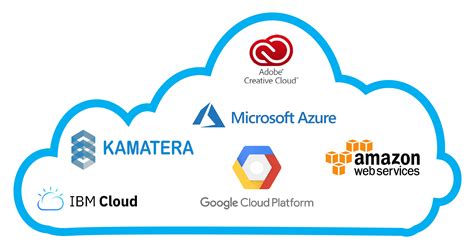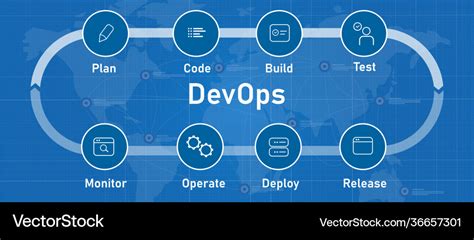As technology continues to evolve, businesses are shifting their focus towards cloud computing to improve scalability, flexibility, and cost-effectiveness. Building cloud-ready applications has become a top priority for organizations looking to stay ahead of the competition. In this article, we will explore five ways to build cloud-ready applications that can help you achieve your business goals.
Understanding Cloud-Ready Applications
Before we dive into the ways to build cloud-ready applications, it's essential to understand what they are. Cloud-ready applications are designed to take advantage of cloud computing's scalability, flexibility, and on-demand resources. These applications are built to be highly available, scalable, and resilient, with the ability to handle large amounts of data and traffic.

1. Design for Scalability
Scalability is one of the primary benefits of cloud computing. To build cloud-ready applications, you need to design them to scale horizontally and vertically. This means that your application should be able to handle increased traffic and data by adding more resources, such as servers or instances.
To achieve scalability, consider the following:
- Use a microservices architecture to break down your application into smaller, independent services that can be scaled individually.
- Use containerization to package your application and its dependencies into a single container that can be easily deployed and scaled.
- Use autoscaling to automatically adjust the number of resources based on demand.

2. Choose the Right Cloud Services
Cloud providers offer a range of services that can help you build cloud-ready applications. To choose the right services, consider the following:
- Use a cloud provider that offers a wide range of services, such as compute, storage, database, and analytics.
- Use a cloud provider that offers a flexible pricing model, such as pay-as-you-go or reserved instances.
- Use a cloud provider that offers high availability and disaster recovery features, such as availability zones and region pairs.
Some popular cloud services include:
- Amazon Web Services (AWS)
- Microsoft Azure
- Google Cloud Platform (GCP)
- IBM Cloud

3. Develop a DevOps Culture
DevOps is a set of practices that combines software development and operations to improve collaboration and efficiency. To build cloud-ready applications, you need to develop a DevOps culture that emphasizes continuous integration, continuous delivery, and continuous monitoring.
To develop a DevOps culture, consider the following:
- Use agile methodologies to improve collaboration and communication between development and operations teams.
- Use continuous integration and continuous delivery tools, such as Jenkins or GitLab CI/CD, to automate testing and deployment.
- Use continuous monitoring tools, such as Prometheus or Grafana, to monitor performance and troubleshoot issues.

4. Use Cloud-Native Technologies
Cloud-native technologies are designed to take advantage of cloud computing's scalability, flexibility, and on-demand resources. To build cloud-ready applications, you need to use cloud-native technologies that can help you achieve your business goals.
Some popular cloud-native technologies include:
- Containerization using Docker or Kubernetes
- Serverless computing using AWS Lambda or Azure Functions
- Cloud-native databases using Amazon Aurora or Google Cloud SQL

5. Monitor and Optimize Performance
To build cloud-ready applications, you need to monitor and optimize performance to ensure high availability, scalability, and resilience. To monitor and optimize performance, consider the following:
- Use performance monitoring tools, such as New Relic or Datadog, to monitor application performance and troubleshoot issues.
- Use optimization tools, such as AWS CloudWatch or Azure Monitor, to optimize resource utilization and reduce costs.
- Use automation tools, such as Ansible or Terraform, to automate deployment and configuration.

Gallery of Cloud-Ready Applications






FAQs
What is a cloud-ready application?
+A cloud-ready application is an application that is designed to take advantage of cloud computing's scalability, flexibility, and on-demand resources.
How do I design for scalability?
+To design for scalability, use a microservices architecture, containerization, and autoscaling to automatically adjust the number of resources based on demand.
What is DevOps?
+DevOps is a set of practices that combines software development and operations to improve collaboration and efficiency.
By following these five ways to build cloud-ready applications, you can create applications that are highly available, scalable, and resilient. Remember to design for scalability, choose the right cloud services, develop a DevOps culture, use cloud-native technologies, and monitor and optimize performance. With these strategies, you can achieve your business goals and stay ahead of the competition.
